Above-average number of tropical cyclones forecast in Australia
A grim outlook has been released of what Australians can expect over the next six months with dangerous cyclones on the way.
Environment
Don't miss out on the headlines from Environment. Followed categories will be added to My News.
Australians have been given a grim forecast of what to expect over the next six months as the country moves into its severe weather season.
The Bureau of Meteorology released its severe weather long-range forecast on Monday that warned of an increased risk of an above-average number of tropical cyclones.
“This season we have a greater than 70 per cent chance of at least 11 tropical cyclones, which is the long-term average impacting the Australian region,” it said in a statement.
“Communities are urged to prepare now as there is an increased chance that the first tropical cyclone in the Australian region is likely to be earlier in the season.
“This reflects the impact of current climate influences including La Nina and a negative Indian Ocean Dipole.
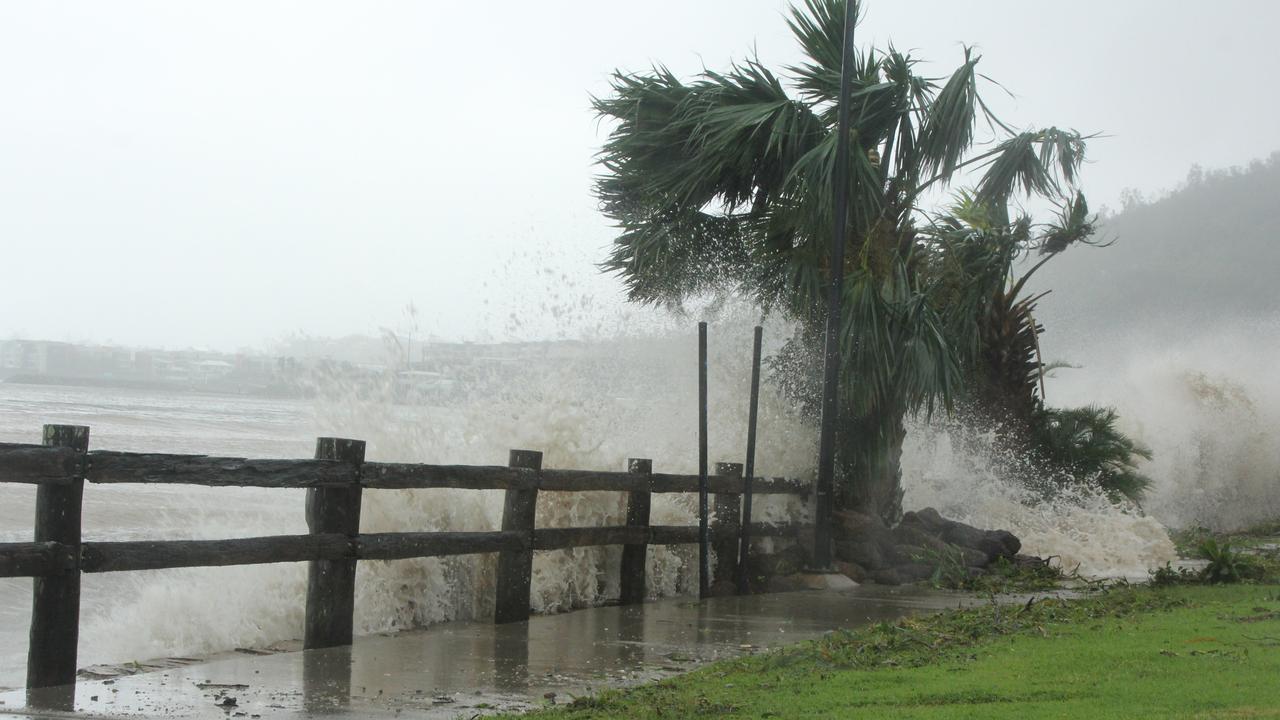
“Despite fewer tropical cyclones in recent years, Australia has never had a season without at least one tropical cyclone crossing the coast since records began in the early 1970s.”
Australia’s tropical cyclone season lasts from November 1 to April 30, with the bureau warning there is an increased chance cyclones will develop earlier in the season.
There is also an increased chance of tropical lows, which can bring heavy rainfall and sometimes signal the early stages of tropical cyclone development.
Australia experiences an average of nine to 11 tropical cyclones each year, with around four crossing the coast in an average season.
The bureau also forecast an increased risk of widespread flooding for eastern and northern Australia and prolonged heatwaves in southern areas with higher humidity.

It comes as emergency services are urging flood-prone communities in NSW to brace for the worst to come later this week despite more than 100 active flood warnings across the state.
Sixteen evacuation orders are in place as of Monday morning despite rainfall easing, with some Gronos Point residents urged to evacuate immediately just after 1am.
Emergency Services Minister Steph Cooke warned residents in affected areas that many rivers were yet to peak as 106 flood warnings were issued.
“My message is, please don’t be deceived,” she said.

“The sun might be out in various parts of the state, we may be seeing some dry conditions at the present, but our rivers continue to rise and we know that there is another event coming through.
“We may see a reprieve for a few days but … (we) will be heading into some more difficult conditions towards the end of the week.”
NSW Premier Dominic Perrottet urged residents to stay out of floodwaters and to follow the latest safety advice.
“We see time and time again in these situations, people put their lives at risk, their family lives at risk,” he said.
“Please do not do that. Follow those instructions from our emergency services personnel, they are putting their life on the line to help us.
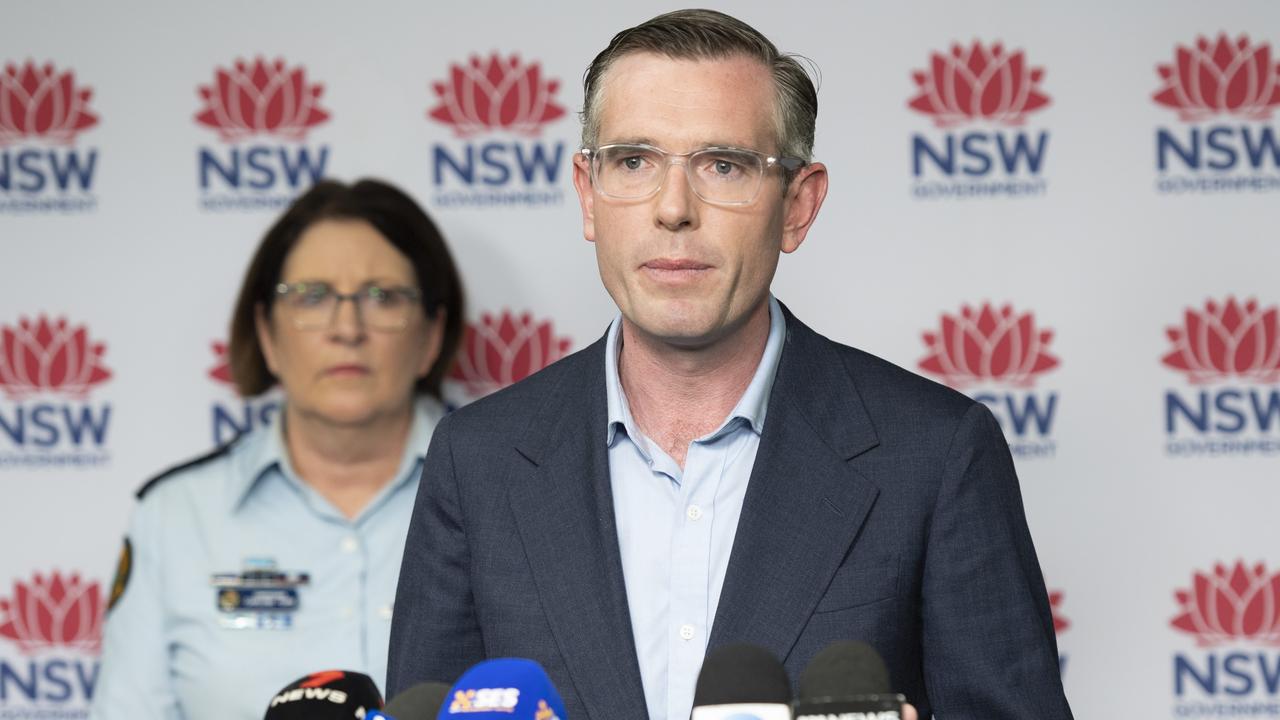
“It’s going to be a difficult summer. We’ve gone through difficult times in the past and our success as a people through all these natural disasters has been following those instructions, so please continue to do so.”
Ms Cooke warned some rivers would still be experiencing moderate to major flooding by the time the next weather event arrived by Wednesday with more heavy rain.
“Most of these communities lie west of the divide, particularly communities along the Namoi, the Gwydir, the Lachlan, the Murrumbidgee,” she said.
“These are four river systems who have received extraordinary amounts of rainfall in recent weeks and months, and those communities are the most at risk.”
She acknowledged it would be “anxious” and “challenging” for people in those areas but said the government and SES had already put resources in place and were ready to respond.
Ms Cooke also said the Premier would have more to say on the flood buyback scheme in the “weeks ahead”.
NSW SES received 1008 calls for assistance and completed at least 44 flood rescues over the weekend.
Eight rivers are already in major flooding across NSW.
Major flooding downstream of Tamworth, Forbes and Dubbo is a possibility in the coming days.
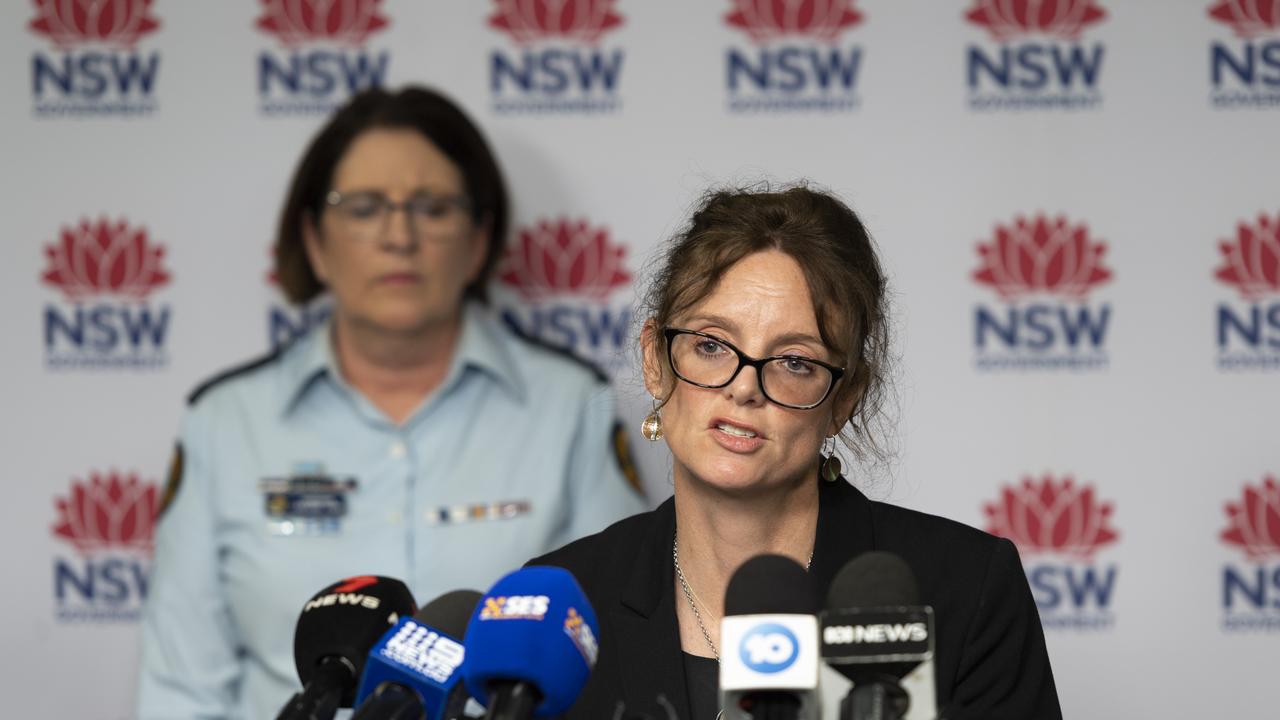
The Warragamba Dam is spilling out 90 gigalitres a day, increasing pressure on the Hawkesbury River, which impacts thousands of residents living on flood plains.
Ms Cooke said it was a balancing act over whether water should be released from dams ahead of time so they did not overflow.
“It’s a fine balance between releasing water to create enough airspace to allow more inflows from upcoming forecasted weather events and minimising the impact on downstream communities,” she said.
“This is the job of Water NSW and they keep a close eye and work very hard on getting that balance right.”
Prime Minister Anthony Albanese told reporters that the federal government was available to provide assistance at the request of the state government.
“My heart goes out to those people who have suffered time and time again,” Mr Albanese said.
The Bureau of Meteorology has warned that more residents would be urged to evacuate over coming days as heavy rainfall is set to return to the state on Wednesday.
Bureau of Meteorology senior meteorologist Dean Narramore said while heavy rainfall would ease by Monday, the worst was yet to come.
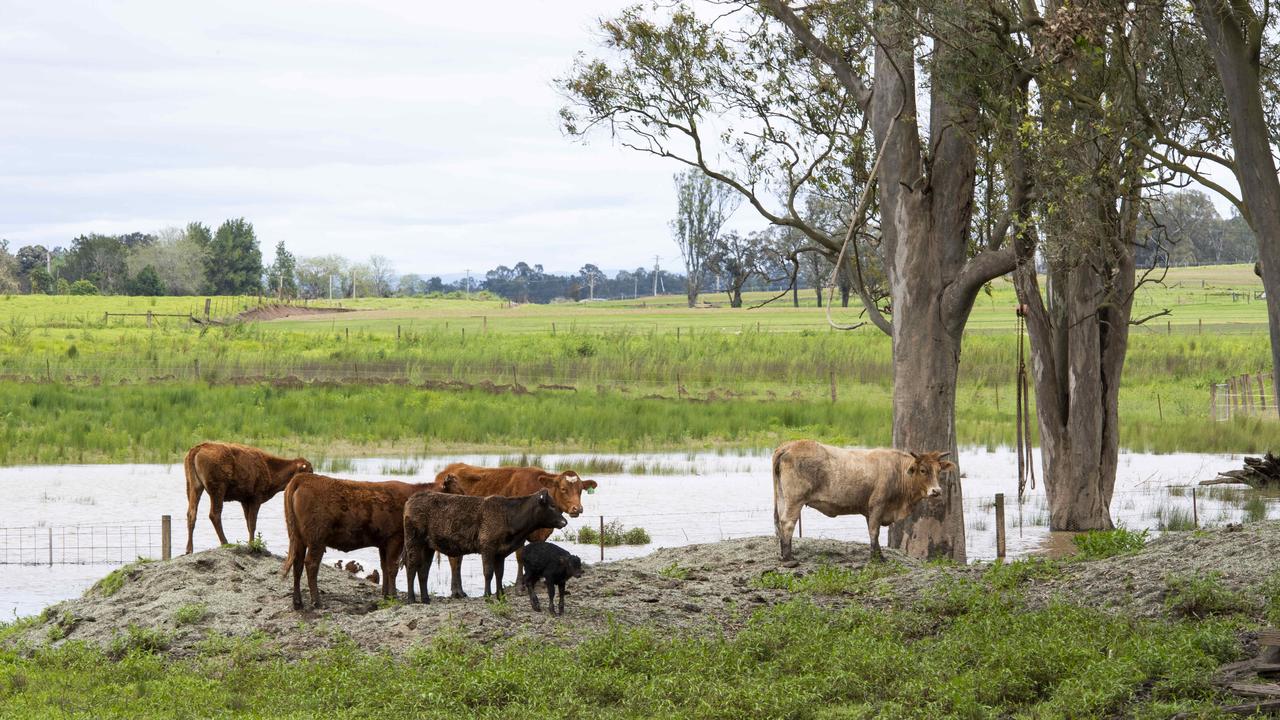
“Although the rain will ease up from (Sunday), the worst is not over I am afraid,” he said.
“NSW will get a few dry days before another weather system just as bad hits the coastal areas on Wednesday.
“It is more worrisome because of the already severe flooding situation in NSW. Any rain after this will simply add on to that severity,” Mr Narramore said.
Ms Cooke has urged NSW residents to stay on top of alerts as the flood event is far from over.
“Our dams are full to overflowing. Our rivers are full. They are at capacity, and our ground is saturated,” Ms Cooke said.
“We are asking on that basis for people to please stay informed.”
Residents in parts of Gronos Point and Cumberland Reach on the Hawkesbury River are being urged to evacuate immediately.
NSW SES also directed people living on low-lying farmland in Agnes Banks near Richmond and Lower Portland east of the Hawkesbury River to evacuate before 5pm on Sunday.
An evacuation centre was opened at Castle Hill RSL.
Residents of the Riverside Ski Park in Cattai were told to evacuate by Sunday 6pm due to dangerous flooding.
Residents of the Western Plains Tourist Park in Dubbo were ordered to evacuate on Sunday morning.
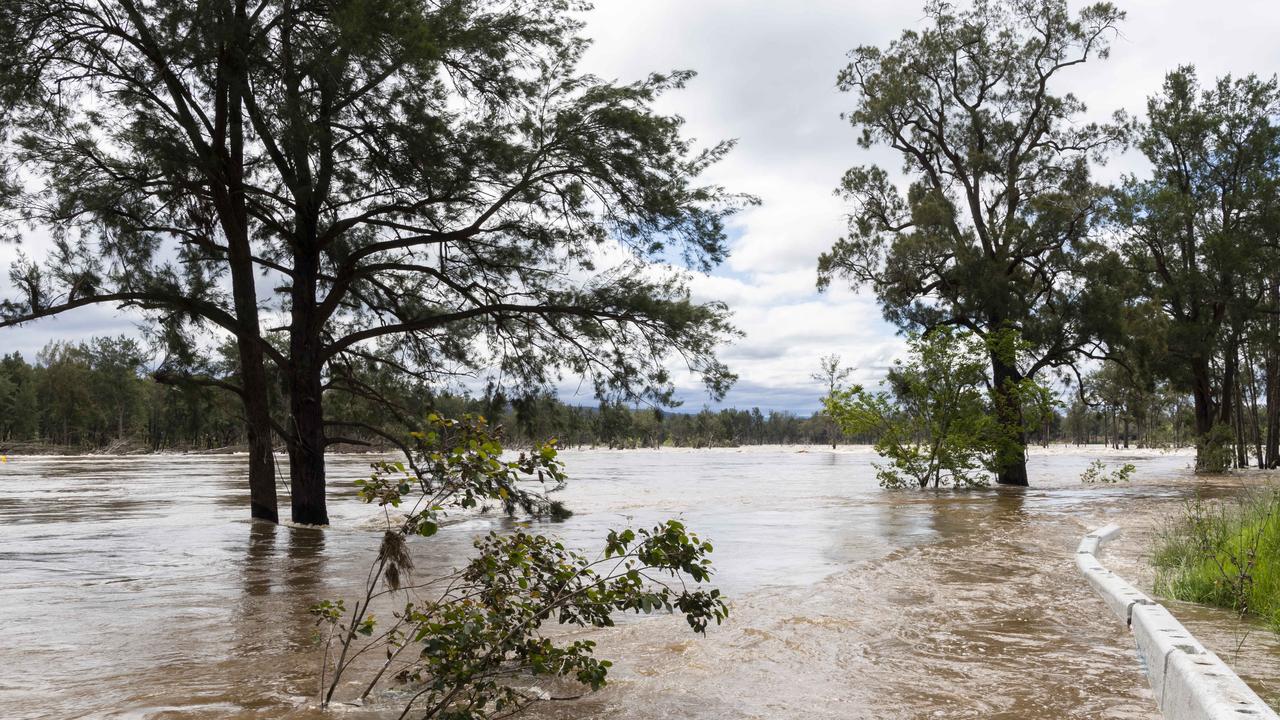
The Australian Defence Force was called in to help with rescues across NSW as the state braces for more wild weather and flooding.
Originally published as Above-average number of tropical cyclones forecast in Australia






